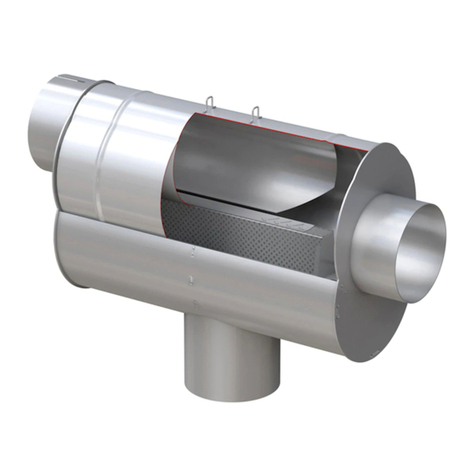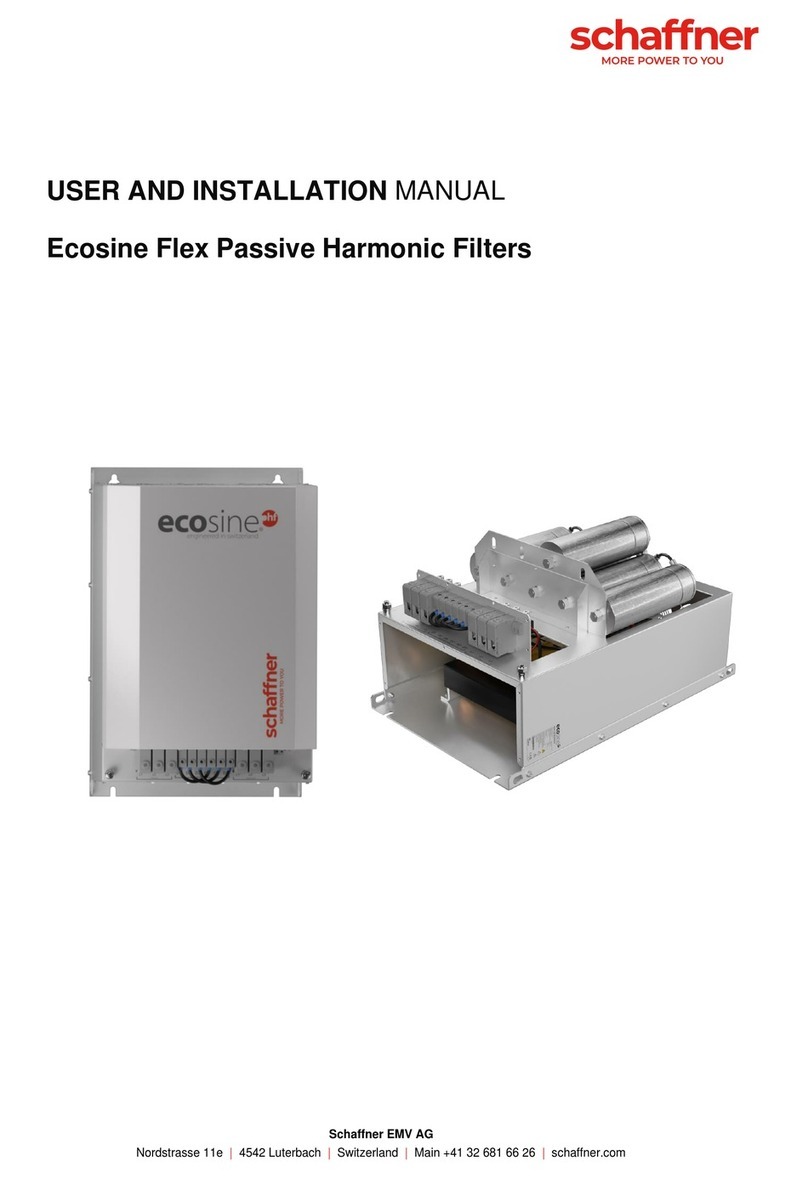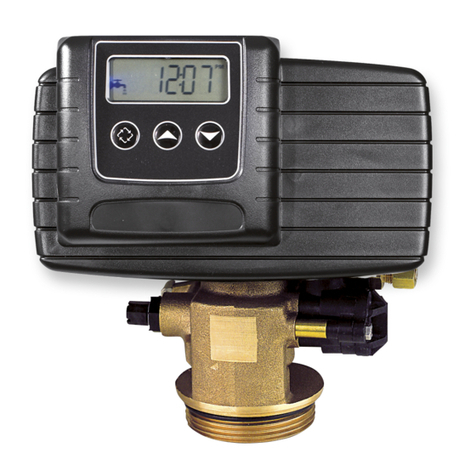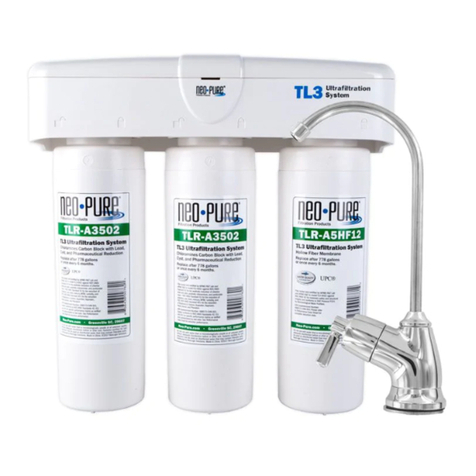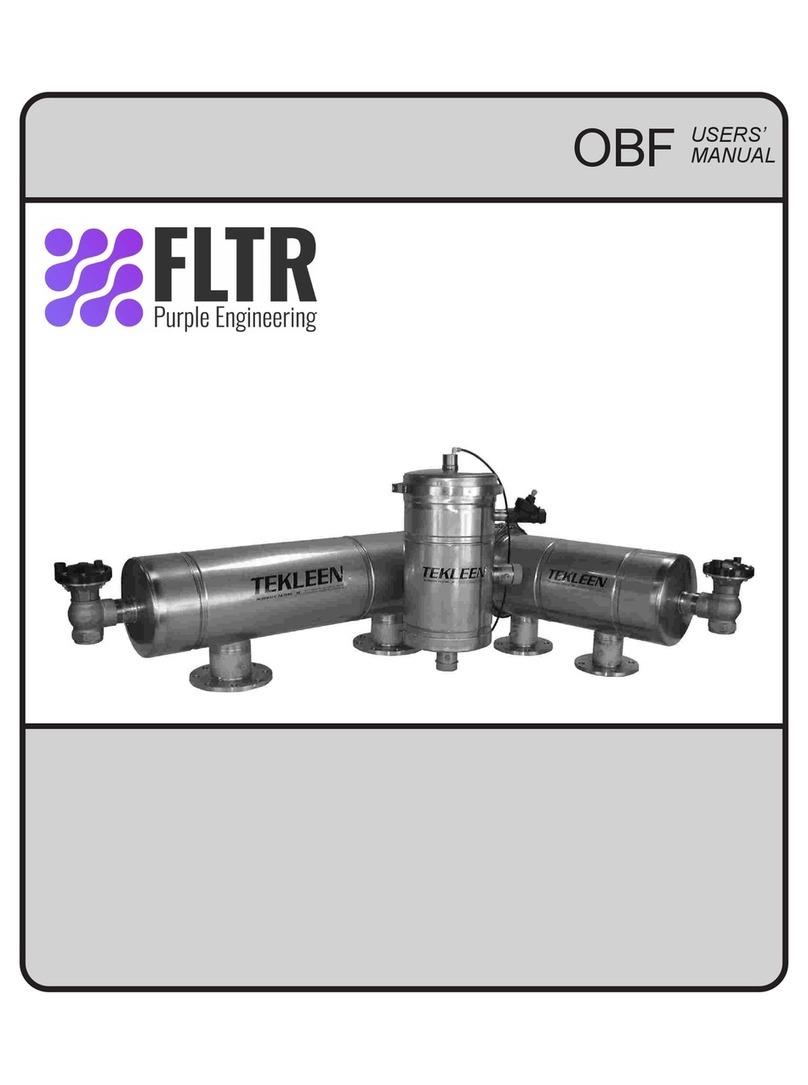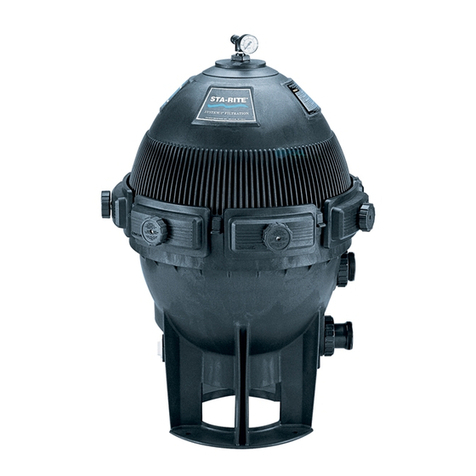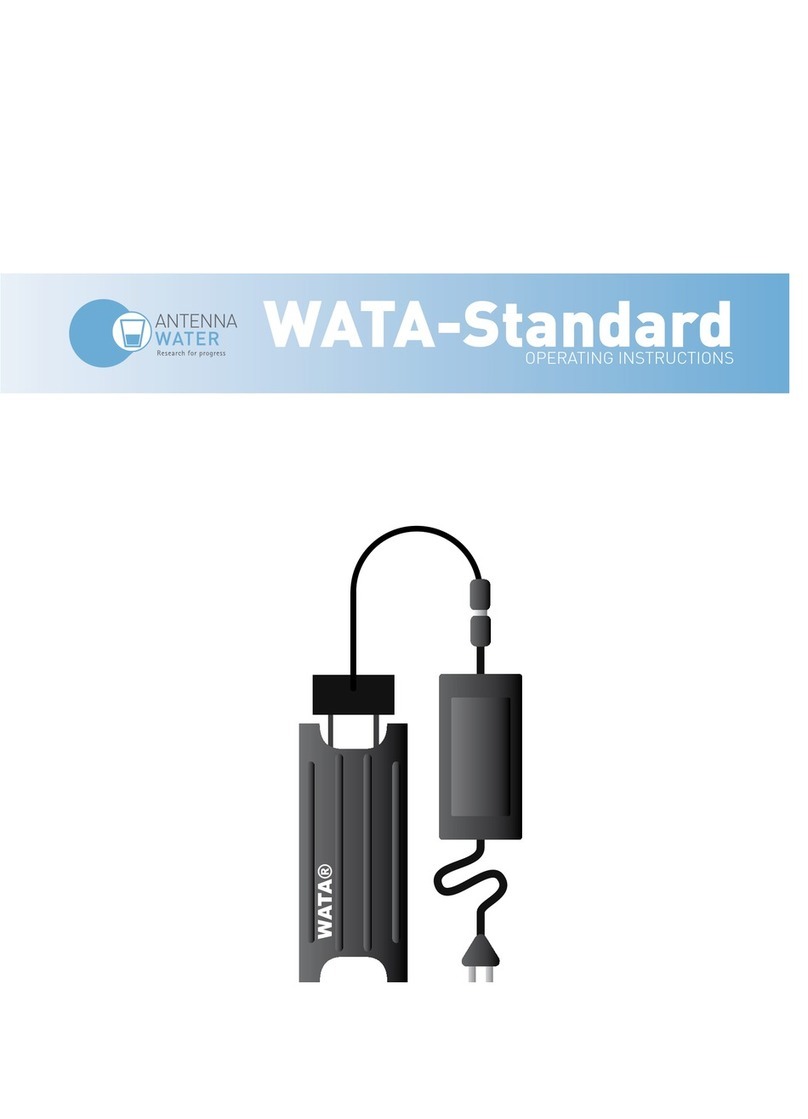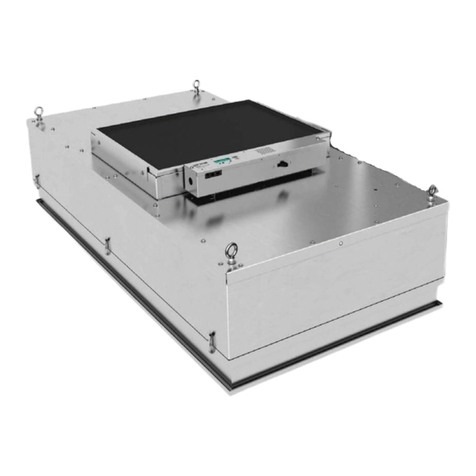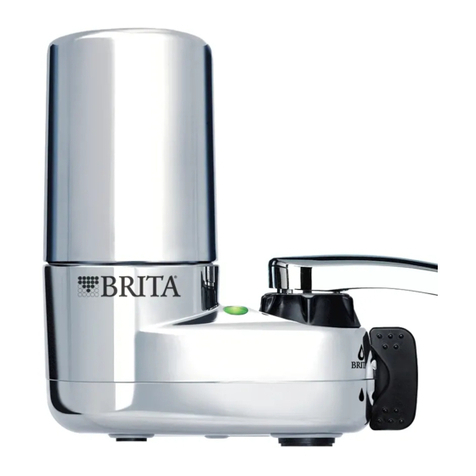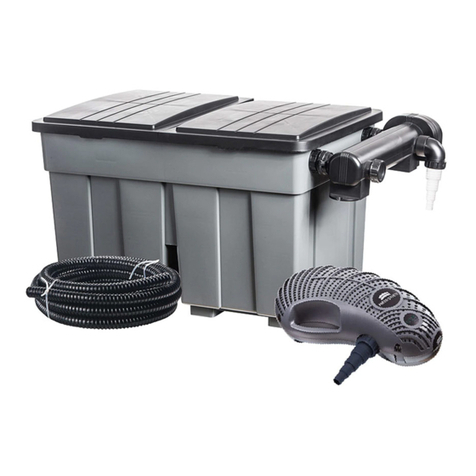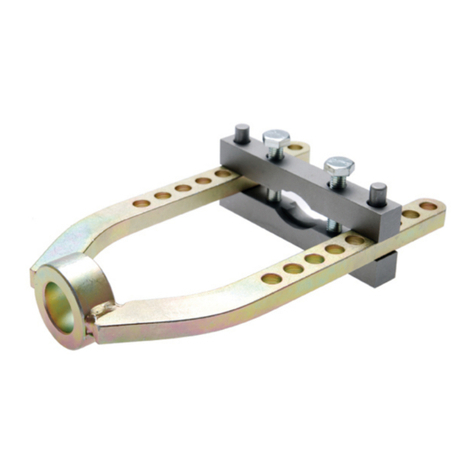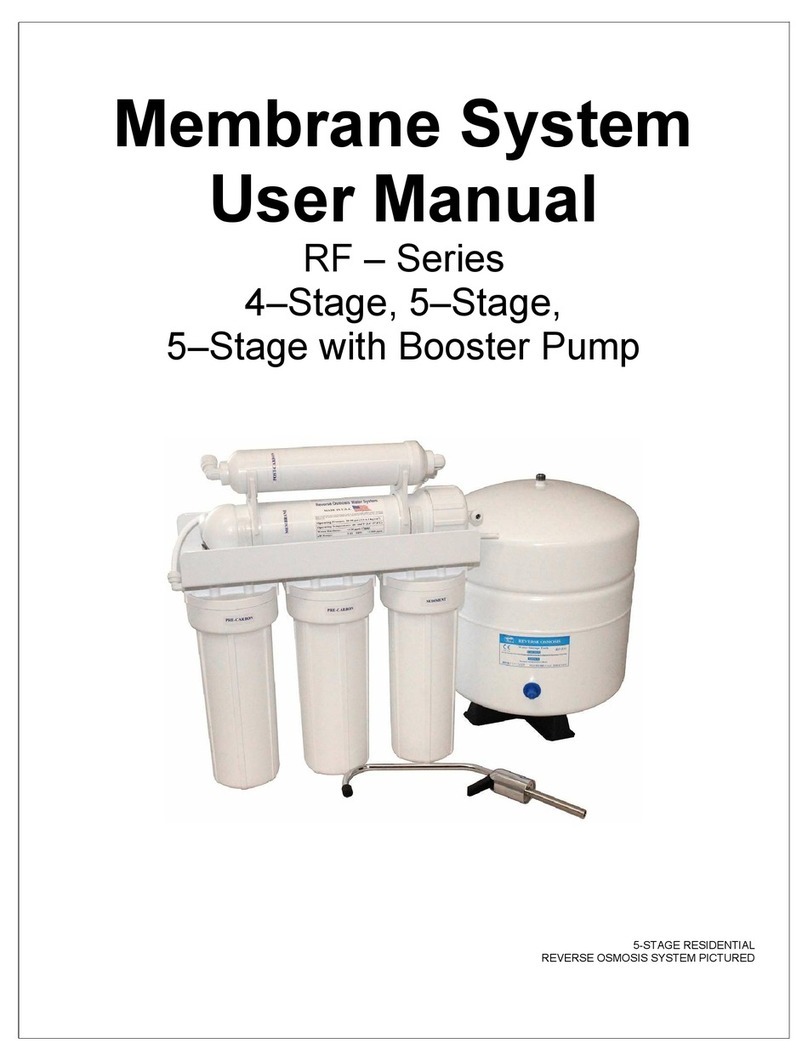
Output short circuit protection.
DC Source Voltage
1. When using a DC power source, lift the protective cap
for the desired voltage (12 VDC or 24 VDC) connection.
Plug power cord or cigarette lighter adapter into
receptacle by aligning detent with plug, inserting into
receptacle and securing by twisting the locking ring
clockwise.
2. Attach the black clip to negative (-) battery terminal.
3. Attach the red clip to positive (+) battery terminal.
4. Flip power supply selector switch to the 12 VDC/24 VDC
power position (to the right) to operate pump.
5. When DC power supply is not in use, flip the power
switch to the center position (off) and disconnect the
DC cable clips from battery.
6. Remove power cord by twisting the locking ring
counter-clockwise, pulling the plug from receptacle and
allowing protective cap to close.
CAUTION: Verify power source voltage prior to the
connection with the multi-voltage power supply; only
Figure 2: DC Power
cable connection.
connect 12 VDC to 12 VDC input or 24 VDC to 24 VDC input. Improper input
voltage may cause damage to pump/power light. If pump runs at an increased speed
24 VDC has been connected to the 12 VDC input.
CAUTION: Verify polarity of voltage connections prior to turning on the system, a
reverse polarity connection (positive to negative) may damage power supply
components.
CAUTION: Make sure both battery clips are securely connected to battery terminals.
Loose connections can introduce excessive voltage drops, which may cause the cables
to overheat and could result in equipment damage or fire hazard.
AC Source Voltage
1. When using an AC power source select the appropriate GFI plug (120 VAC or 230
VAC). Connect the GFI plug to the AC power input cable by aligning plug detent
